- The transient pressure and temperature gauge described above was used to generate the data shown in the plot shown in Figure 21. The Master Gauge was used to set the pressure of two footballs at 12.50 psig, representing the reported pre-game pressure for the Patriots footballs, and to set the pressure of two other footballs at 13.00 psig, representing the reported pre-game pressure for the Colts footballs. From each team’s set of two footballs, one ball remained dry whereas the other was wet.36 The footballs were allowed to sit at a temperature of 69°F for 2 hours to approximate the conditions in the shower area of the Officials Locker Room. They were then exposed to temperatures of 50°F for 1.5 hours, followed by 30 minutes at 48°F, all while at approximately 75% relative humidity. These changes were meant to approximate the conditions the footballs were exposed to on the field during the first half. They were then exposed to a temperature of 72–73°F and approximately 20% relative humidity (which represents an approximation of the temperature and relative humidity in the Officials Locker Room at halftime) for 2 hours.
Below you will see that I included the measurements from halftime. This is the version of how the data was actually recorded. Eventually, it was decided that some gauges must have switched users and data was written down wrong. So, from this point on we are assuming low readings in one column and high readings in the other. In other words this really important data was written down like a kid copying someone's homework before the bell rings, little attention to detail.
Okay the last bunch of data I'm busting out before wrapping up this post comes from pages 218 and 219 of the Wells Report. This is where Wells tries to show that while time is a factor, it surely can't be the reason that the Patriots' PSI was significantly lower than the Colts'. Now while we almost have raw data (these averages are slightly easier to read than the graph), the fact that Exponent moistened both teams' footballs equally, it isn't very accurate.
While the data isn't super useful, I did include it for two reasons. One is that it actually gives you some numbers to look at instead of getting a migraine imagining the numbers on the graph. The other is because it once again shows how Exponent is just not accurate with things. According to Wells, the most likely time the Patriots' footballs were measure is at the 3 minute mark. He did this experiment to show the timing factor. His unrealistic start time was 1.5 minutes, realistic time was 3 minutes, and unrealistic late start was 4 minutes. Come on, this study cost 5 million dollars and you can't even start the measurement time at the 3 minute mark?
Now that we all know that the investigation was not independent, how can anyone look at the data and conclude that something nefarious occurred. Exponent was paid to show that Brady and friends did something to the footballs after they were measured by the referees, they could manipulate experiments and data to their hearts content and this is what they've got?
https://twitter.com/BOSsportschick
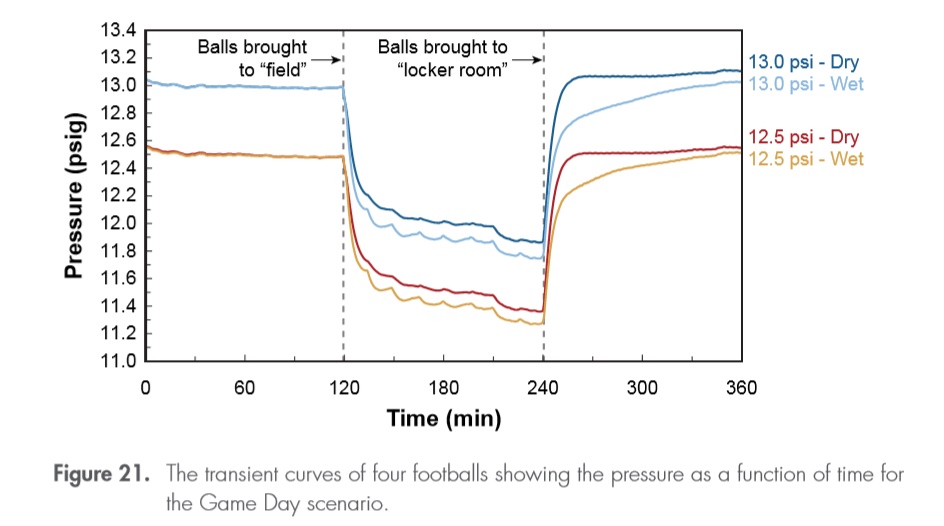
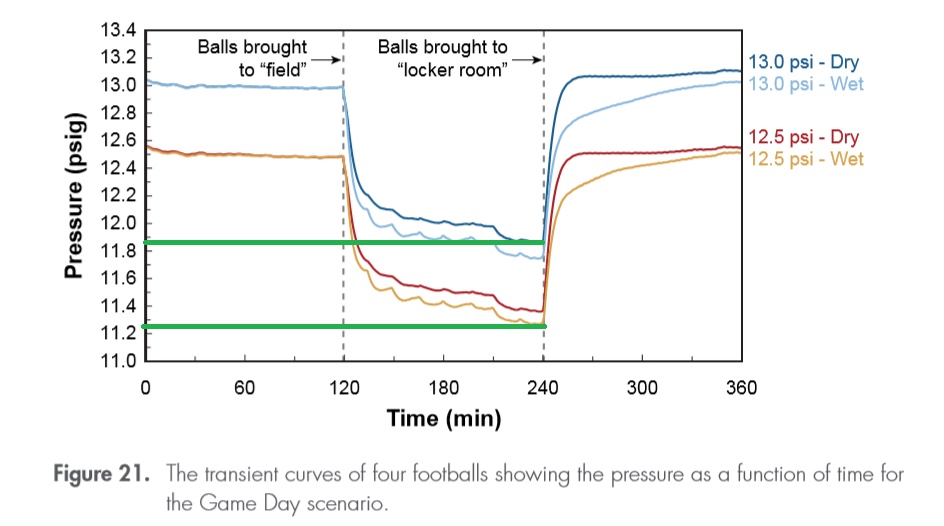
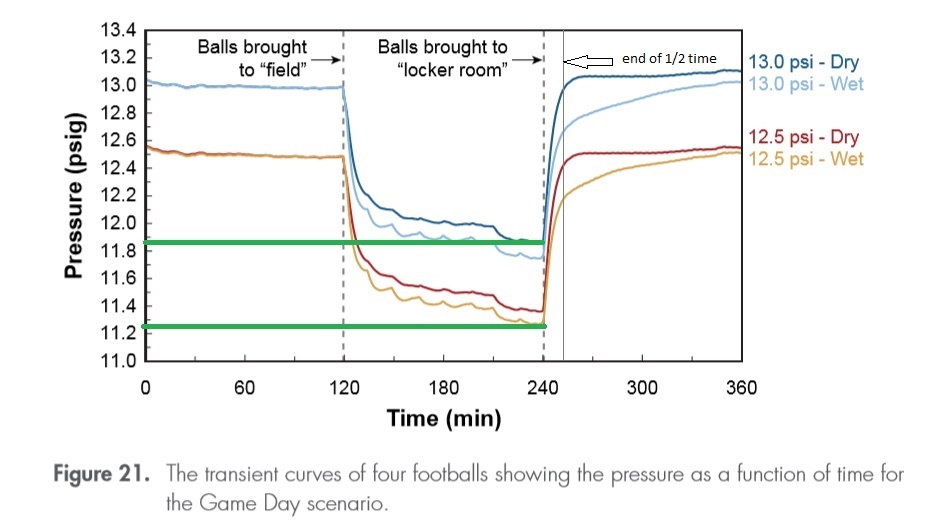
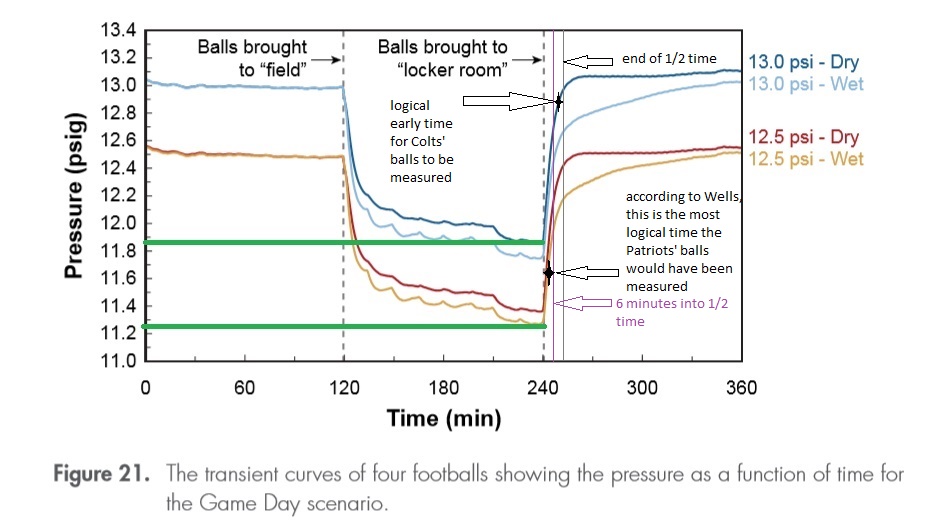
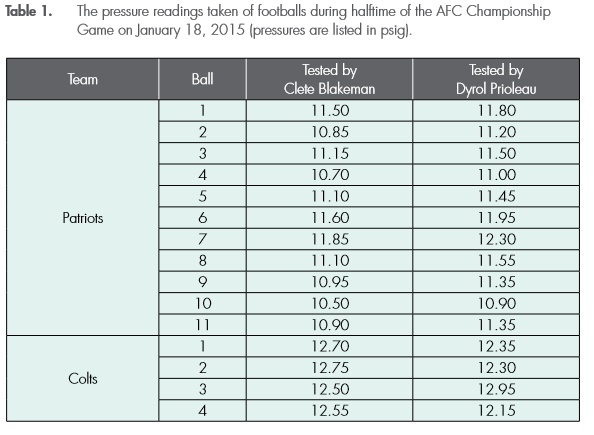
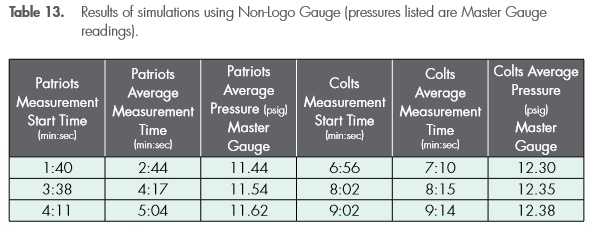
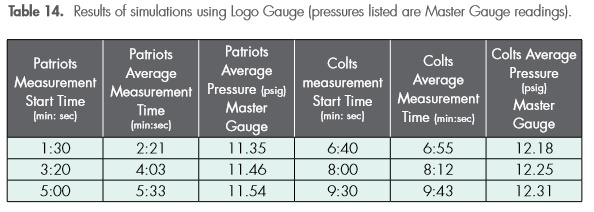

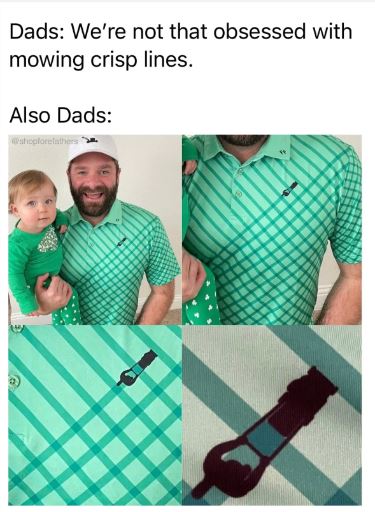
 RSS Feed
RSS Feed

